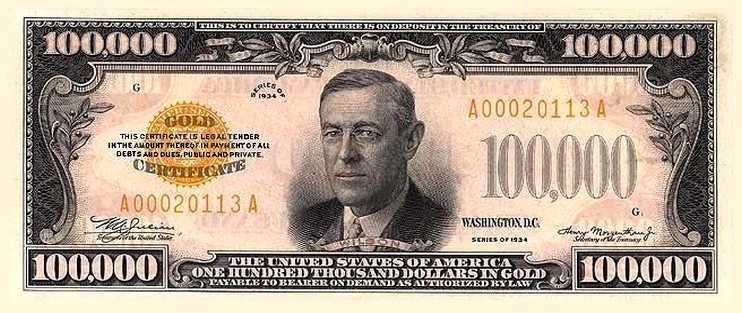
The Sporting Life:
The Public Professor’s Sports Column
Well, we can finally put a number on it.
$100,000
That’s what the average football and basketball players at top college programs should be earning each year.
And that’s just an average mind you. University of Texas football players should be bringing in over half a million dollars, while each Duke basketball player is worth over a million.
These figures are found in a new report entitled The Price of Poverty in Big Time College Sport. It was released last Tuesday by a group called the National College Players Association (NCPA). The organization claims over 14,000 members, about half of whom are current college athletes. Former UCLA football player Ramogi Huma is head of the NCPA, and he co-authored the report with Dr. Ellen Staurowsky, Professor of Sports Management at Drexel University.
To come up with their figures, Huma and Staurowsky examined current revenues of the NCAA and top football and basketball programs, and then applied NBA an NFL labor salary allocation methods, as outlined by their collective bargaining agreements. In addition, the authors also calculated how much gap there is between current scholarships and the actual costs of college. Those costs vary from school to school of course, but the report estimates the figure is in the thousands of dollars annually for each student.
Huma and Staurowsky propose making financial payments to athletes, with the money either going into a fund that is earmarked exclusively for educational expenses, or deferred until after graduation. I find that a bit weak-kneed, but I’ll chalk it off to them having realistic, short term political goals. It’s an uphill battle, and just getting athletes paid in cash instead of in-kind, and at something approaching market value, is the first step.
One of the best things about the report is that the authors are not afraid to call out the unethical profiteers in this system: coaches, university athletic directors, and NCAA officials who earn hundreds of thousands and sometimes millions of dollars per year off the sweat of unpaid “amateur student-athlete” laborers. Meanwhile, th ose athletes clock-in over 40 hours per week on average for their sports programs.
ose athletes clock-in over 40 hours per week on average for their sports programs.
At America’s elite basketball and football factories, the current, longstanding system is a complete and utter sham. Billions of dollars in TV revenue, gate receipts, and merchandising licenses are funneled through the NCAA and various universities, with one authoritarian coach, mealy-mouthed Athletic Director, and sanctimonious NCAA official after another sticking out their hands to skim small fortunes off the top. Meanwhile, a tiny percentage of the athletes make it to the pros, where they can finally collect a paycheck and get health insurance.
And the rest of them? Many come from marginal economic backgrounds and they either end up in debt, or try to avoid it by breaking the NCAA’s arcane rules and dipping into an underground, black market economy where money, goods, and services are offered by slimy boosters and parasitic agents. However, doing so runs the risk of being suspended or losing a scholarship if caught.
The most recent among countless examples of athletes getting caught include University of Miami football players who received a bounty of illicit favors from a booster, including a boat full of prostitutes. There’s also the case of former Ohio State University quarterback Terrell Pryor, who accepted various doo-dads such as discount tattoos.
For this most heinous of crimes, the NCAA suspended Pryor for five games. When Pryor said enough’s enough and headed for the pros, the NFL pioneered new levels of shameless hypocrisy by applying the NCAA’s attempted suspension to the first five games of Pryor’s NFL career. Why? Because the NFL likes having the NCAA do the work of unofficially running a minor league system for them. The suspension was kinda like the NFL and NCAA winking to each other. You know, one of those creepy, stomach-churning winks between tag-team sexual predators. That kind of wink.
The suspension of Pryor was so shameful that after the fact the NFL was embarrassed into also suspending new Indianapolis Colts consultant Jim Tressel. You know, the same guy who until recently was Pryor’s multi-millionaire OSU coach, before he was forced to resign in disgrace for his role in the shenanigans.
While Pryor has appealed his suspension with the league, the appeal is being heard by NFL Commissioner Roger Goodell, the same person who issued the suspension to begin with. Needless to say, the odds of it being overturned are minimal. Yet Prior’s agent has said they will not go to court, even though the legality of the NFL suspending Pryor for something he did before he was employed by the NFL is highly dubious.
Why is Pryor more or less just rolling over and probably forfeiting almost a third of his NFL salary?
Because at the age of 22, after three years of being economically exploited, and publicly shamed and suspended for no good reason at the start of his fourth, he just wants into the system where adult American citizens actually get paid to do their job, ya know?
for no good reason at the start of his fourth, he just wants into the system where adult American citizens actually get paid to do their job, ya know?
It’s time spread the wealth. Oh, and if you’re interested in just how much wealth we’re talking about, check out this week’s cover story from The Atlantic. It’s a must-read about the big business of college sports. Apparently the NCAA’s South Eastern Conference alone brought in over a billion dollars last year.
That’s Billion with a B.
The Big Ten conference, which ran off Terrelle Pryor in the infamous tattoo scandal, was just behind them with $905,000,000.
It’s time for the NCAA to stop playing games.